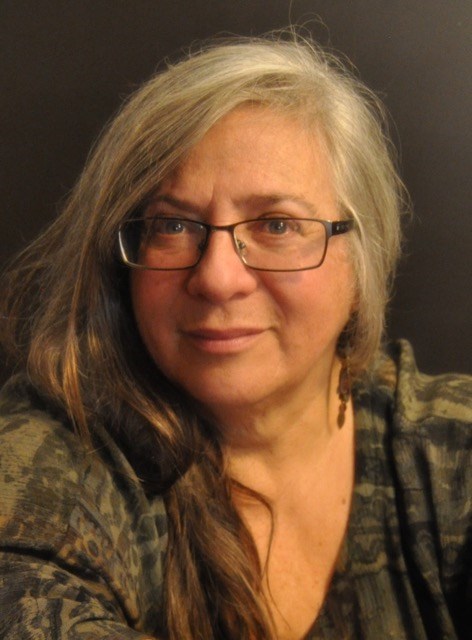People go into arts because they have a need to self-express, says a Timmins ceramic artist.
“You don’t do art to be creative. That’s a complete falsehood. You go into art to self-express,” says Lise B.L Goulet.
Born in Timmins, Goulet, 63, moved to Ottawa when she was two.
Her first memory as a child is sitting in a high chair while her uncle Clément Bérini, who was a Timmins painter, was doing her portrait.
“He was a very good teacher. He is the one who really showed me to evaluate creativity in a student’s work,” she says. “He’s also the one who taught me it’s important to experiment."
Throughout her career, Goulet managed to combine two of her passions: education and arts.
“If you’re passionate about something, that’s a big given because it means you will develop resiliency and you will see things through. And you won’t do them for the success, you’ll do it for yourself,” she says.
Goulet was the third generation of educators from her mother’s side. Her mother, she says, was as a “great teacher” who was ahead of her time.
Goulet first started working as a visual arts teacher at École secondaire Charlebois in Ottawa.
In 1998, she was responsible for creating the first arts curriculum written entirely in French. The program included not only visual arts but other artistic subjects as well.
A few years later, in collaboration with another teacher Daniel Côté, she created a specialized arts program for the Conseil des écoles catholiques du Center-Est.
In 2004, she joined the Ministry of Education where she worked for 11 years and was responsible for art education in French-language schools across the province.
Throughout her career, she’s proud of the moment when she developed the arts program for Béatrice-Desloges school.
“I am proud because our (arts) program was the example on which was based these new programs that were instigated at the ministry level for the whole province. So, they came to Béatrice-Desloges to see how they managed this program and I told them about it, they became very, very interested,” she recalls.
Goulet also devised a five-step critical analysis process that evaluated students at different stages. It was done informally in a classroom, and students “loved it,” Goulet says. In the end, there was also a session when all students had to say at least one good thing about someone else’s work.
“Gradually, students understand what it is what they want to say, how they express with principles and elements of design, the choices that they make. It becomes their own language,” Goulet says, providing an example of how she was able to identify students’ work in front of her without having to look at the name. “What was interesting is that students revealed to them, by their comments, who they were, what it was that they liked particularly.”
She says her method of critical analysis is used not only by francophones but by anglophones as well.
“I was very fortunate when I think of the people who were very helpful in order for me to do these things,” Goulet says, her voice full of emotions.
Goulet is now the president and CEO of Association francophone pour l'éducation artistique en Ontario (AFÉAO), is a founding member of Bureau des regroupements des artistes visuels de l’Ontario (BRAVO), and she created the Fondation Clément-Bérini Foundation in memory of her uncle.
She has hosted many solo and group exhibitions across Ontario and Québec, and she uses a variety of shaping and stamping techniques in her work.
For Goulet, artists have to be versatile and good communicators, and she doesn’t believe in the concept of a “poor artist” in a modern world.
“Just like any other person, you could buy a car, buy a house, travel. The artists can do all of these if they don’t just specialize on pure creation mode,” she said, explaining that artists have to be good at expressing themselves through their art as well through oral or written means. “I also believe I’m an artist but I don’t have to be a star, I don’t have to revolutionize art history.”
Goulet loves travelling, swimming and draws inspiration from nature, prehistoric art, water and sea creatures. She doesn’t spend more than six hours working in her studio but the process is “joyous” for her.
“It’s all about listening to your inner discourse, to be in the flow, to be listening to what your hands are telling you, what your intellect, your emotions are telling you what to do,” she says. “It’s more irrational.”
Moving forward, she says she’s going to focus on her art production. Next year, she’s planning to hold three shows, including one in Hearst.
In 2022, Goulet will bring the Great Big Blues exhibition, created in collaboration with painter Nathalie Frenière, to the Timmins Museum: National Exhibition Centre.
“That’s what I’m looking forward to good health, travelling, being able to do my work as a ceramist, enjoy my friends’ company. I don’t think we can ask for more than that,” she says.



